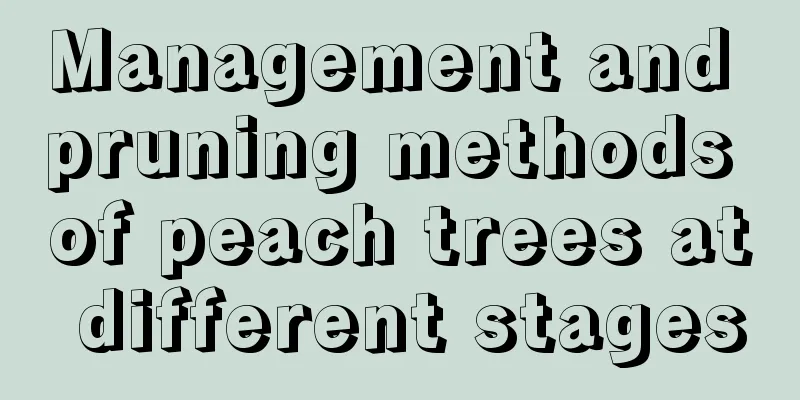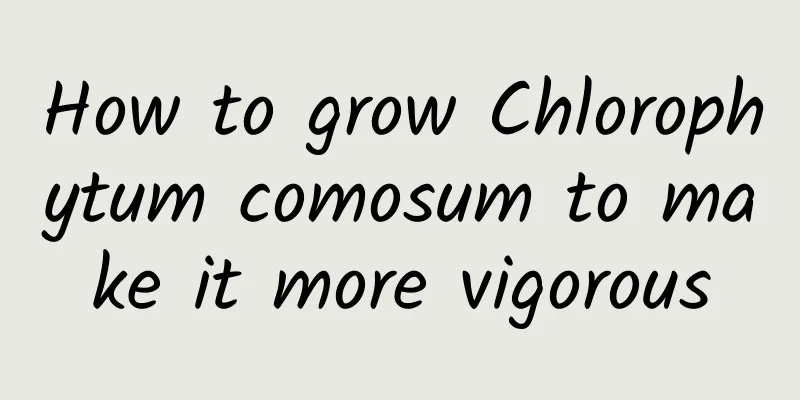The difference between White Bird and Silver Fingers

The difference in appearanceThe white bird looks like a ball and feels soft to the touch. The entire body is covered with densely packed white thorns which are very short and small. Although there are many thorns, they grow inwards and therefore do not prick your hand. It looks white from a distance, but the flowers are pink and purple, and are extremely beautiful when they bloom. Silver Fingers, as the name suggests, looks like the same shape as a beautiful woman's fingers, long and thin, with white thorns on the body, some are yellow, with gaps between the thorns, but its thorns are protruding and will feel prickly to the touch. The flowers it blooms are light yellow and are also very beautiful. Differences in soil requirementsWhite birds are more valuable and prefer finer soil, which requires the addition of 1:1 peat soil and perlite. If it is a new plant that has just grown or has just been transplanted, the soil should be softer so that it can take root smoothly. Silver fingers do not have such soft requirements for the soil. As long as it is sandy soil, it will be fine. Ordinary garden soil can be used, and it is okay to mix it with coarse sand. Differences in lighting requirementsBoth White Bird and Silver Fingers love sunshine, but their likes are completely different. The white bird cannot be exposed to strong sunlight all the time, as it will quickly lose water, become soft, and no longer grow. But silver fingers are not afraid of being exposed to strong light all the time. On the contrary, they like sunlight very much. You don’t have to worry about it being damaged by the sun. You can put it in a sunny place at will. Differences in watering requirementsNeither of them requires a lot of water. Too much water will cause root rot and affect their growth. Usually, the soil in the pot should be kept relatively dry. When the temperature is below 2℃, the white bird will begin to hibernate. At this time, do not water it. When the temperature is below 5℃, you must keep the silver fingers warm and do not water them. |
<<: Cultivation methods and precautions of Cistanche deserticola
>>: Cultivation methods and precautions of ash trees
Recommend
How to shape the Acer palmatum
Processing of branches Generally, the shaping of ...
Chlorophytum cutting time and method
Chlorophytum cutting time Chlorophytum can be pro...
Grow a pineapple yourself in the simplest way
Step 1: Choose a pineapple This is the most criti...
How to care for green radish in summer
1. Replenish water Watering in summer must be app...
The growing environment and local conditions of mint
Mint Growth Environment and Conditions Mint prefe...
Ginseng fruit cultivation method
Seed Planting Soil and seeds Before sowing, the l...
How to Make Narcissus Bloom on New Year's Day
1. Water cultivation in advance If you want the d...
Five methods and techniques for germinating strawberry seeds (how to plant them specifically)
Five methods for germinating strawberry seeds 1. ...
What to do if the stems of dragon blood tree peel and rot
The reason why the stems of dragon blood trees pe...
How to fertilize Kalanchoe? What fertilizer is good?
Kalanchoe is a short and cute plant with rich col...
How many times a year can black goats breed?
Black goats have strong adaptability and disease ...
How to grow chrysanthemums to be short and strong? Do chrysanthemums need to be pruned after they grow too long?
1. How to keep a short and strong 1. Adequate lig...
What's wrong with the yellow leaves of Monstera? Does the black stem mean the roots are rotten?
1. Causes and solutions for yellow leaves 1. Its ...
What to do if the Black Mage drops leaves
Reason 1 for black magic master to drop leaves: ex...
Does Kochia scoparia bloom?
Does Kochia scoparia bloom? Many people grow Koch...









